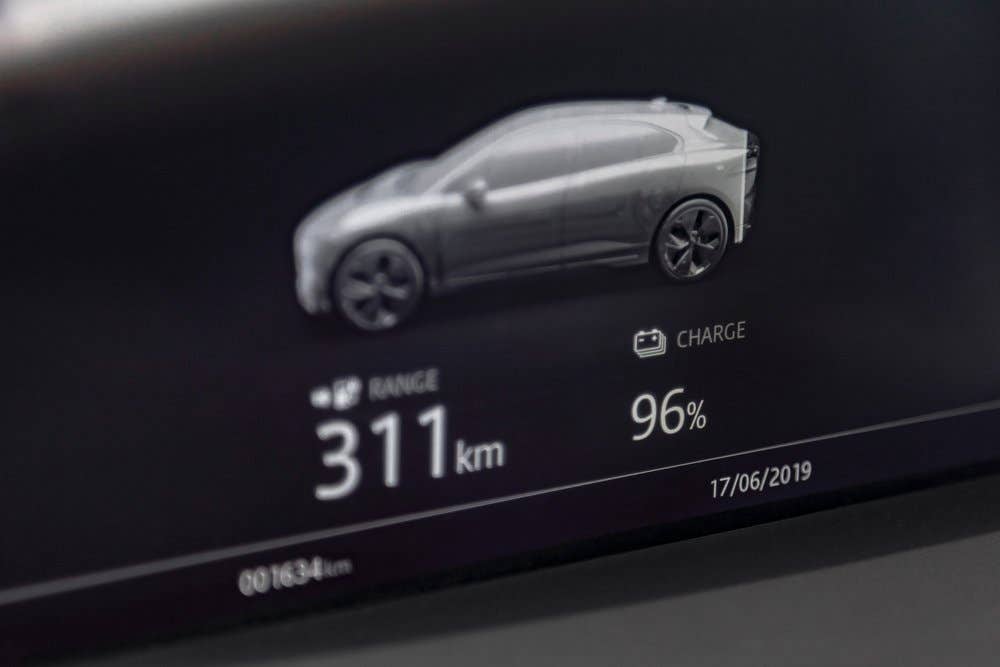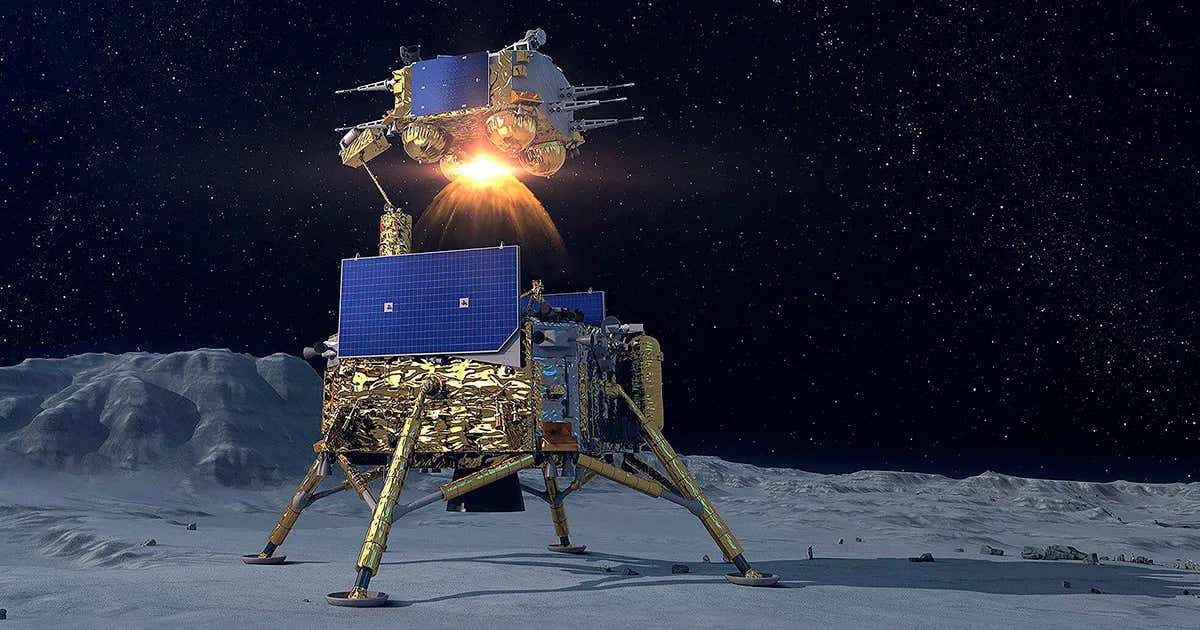New research dispels electric vehicle ‘range anxiety’
Nobody wants to be stuck at a charging station for long in the middle of a trip, or worse, be stranded without a charging station nearby.

[May 29, 2023: Peter Bothum, University of Delaware]
Nobody wants to be stuck at a charging station for long in the middle of a trip, or worse, be stranded without a charging station nearby. (CREDIT: Creative Commons)
One nagging concern U.S. consumers have about electric vehicles (EVs) is the ability of these battery-operated cars and trucks to get you where you want to go without running out of power. Nobody wants to be stuck at a charging station for long in the middle of a trip, or worse, be stranded without a charging station nearby.
An extensive study led by University of Delaware researchers with collaborators at Dalhousie University and Georgia Tech may help dispel some of this “range anxiety” associated with EVs. The research, published in the peer-reviewed journal Energies, analyzes data recorded from 333 gasoline-fueled cars over a one-to-three-year period and then models the ability of EVs with differing battery sizes, recharging power and charging locations to handle those same driving trips.
“What we did was figure out how much people drive a year, distinguishing every single trip and stop, and then overlaid that with all the possible EVs you could buy,” said the article’s lead author, Willett Kempton, professor of marine science and policy and of electrical and computer engineering at UD. “If you know how far you need to drive, our data on range and charging speed will tell you what EVs will work for you.”
The team’s findings underscore that, like sneakers, EVs can get you where you want to go, and some can help you do it faster — but the most expensive option may not be worth the investment.
Related Stories:
“One misconception out there is that we’re not going to be able to replace gasoline unless we have bigger batteries and super-fast charging,” Kempton said. “But what this study tells us is that there is a segment of the market — between 25% to 37% of the driving population — where EVs with smaller batteries, combined with community charging, can meet all of their driving trip needs.”
This combination of lower-price EVs and lower-cost community recharging could go a long way in broadening the accessibility of EVs to more U.S. drivers.
Kempton notes that this minority of drivers who are better matched to smaller-battery EVs represents a diverse array of people, including many urban dwellers, those who use air or rail for longer trips, some low-income Americans, and some elderly Americans, among others.
“If you add up the categories, these people need no more than a moderate-size battery vehicle,” Kempton said. “And that EV with a smaller battery that’s right for them will cost a lot less — up to $10,000 less — than an EV with a big battery.”
UD’s Willett Kempton holds an electric vehicle (EV) battery module in his research lab at UD’s Science, Technology and Advanced Research (STAR) Campus. Kempton and his team are partnering with industry to develop technology and international standards that accelerate the electrification of transportation and the integration of electric vehicles with the power grid. (CREDIT: University of Delaware)
Based on the team’s detailed analysis, Kempton said that a smaller-battery EV would meet almost, but not all, driving needs for the bulk of the population, if some adaptations are acceptable. The team’s research showed that a 150-mile vehicle would meet the majority of drivers’ needs if they are willing to make adaptations to their driving and recharging plans for longer-distance trips only 3-4 times a year.
According to the Federal Highway Administration, light vehicles in the U.S. travel, on average, one hour per day and 35 miles. But that number can be misleading, according to study co-author Nathaniel Pearre, from Dalhousie University, who did much of the statistical analysis.
From left to right, Professor Willett Kempton with Rodney McGee (senior engineer, seated), and students and colleagues in their EV research lab at UD’s STAR Campus, including Marlene Toney, Samuel Ramos, Allen Mowbray, John Metz, Catherine Gilman, Garrett Ejzak (postdoc), Becky Cox (administrator) and Raman Kumar Rudraraju. (CREDIT: University of Delaware)
“The average daily distance a person drives doesn’t inform how big a battery is needed for that person’s longest distance car trip of the year,” Pearre said. “We started with GPS (satellite positioning) data from each car and calculated every trip and every stop for the year. During the trips, the battery is depleted, and the stops are opportunities for charging.”
Considering Buying an EV? Keep This in Mind
If you’re thinking about getting an EV, what’s Kempton’s advice?
“Think about your driving patterns before you buy an EV,” he said."
“Think about the most miles you go in a day and how many times that happens. You want to match your longest trips with an EV that can meet your range needs. Maybe that’s not more than 100 miles a day, so you can buy a less expensive EV that can easily handle it, plus a margin, say 150 miles. Then when you want to take that annual trip to visit Aunt Sally, who lives 500 miles away, maybe you borrow your neighbor’s car, or take a train, or rent a car — or plan for a couple of stops, at reliable charging stations, to recharge.”
A bigger battery is not necessarily better, he cautions.
“Figure out which EV you want,” Kempton said. “If it’s a more expensive car, and you look at how much you drive and it’s not that much in a day, especially if you live in an urban area, you don’t need that big battery,” Kempton said. “Long driving range is not a trivial addition. These big batteries can add $10,000 or more to the cost of an EV, and who wants to pay 10 grand more than they need to? Also, there’s no point in hauling around the extra weight of batteries that you do not need.”
Hand in hand with this greater EV affordability is the need for more dedicated charging stations.
Many people who are the best candidates for less expensive, smaller-battery EVs live in urban areas that may not yet have dedicated EV parking at their apartment building or lack charging on the street in residential areas.
Study co-author Nathaniel (Nat) Pearre, left, who received his doctorate from the University of Delaware, is shown with Rodney McGee (right) and a prototype charging station. Pearre is now a research engineer at Dalhousie University. (CREDIT: University of Delaware)
“Solving the driving range problem is interesting because it’s not just that automakers have to make these EVs available, it’s also the public sector that needs to have public charging thoughtfully located to enable this kind of smaller-battery, lower-cost EV,” Kempton said.
“So, we have to get the public sector matched up to what the private sector is doing. That way, when you drive your EV to work or to visit a friend or to go to the community center, you can find charging stations there to charge when you are stopped for a while anyway. If your housing requires street parking, there has to be charging there, too.”
Gasoline versus electric charging equipment in the U.S., compared with parking spaces. Each has a count and approximate cost. EV station costs are calculated for differing combinations of charging stations. (CREDIT: MDPI)
In their study, the team modeled a diverse virtual fleet of EVs with a variety of battery capacities and reported range including:
2012 Chevy Volt with an EV-mode range of 40 miles
Aptera 2e with a range of 100 miles
2013 Renault Zoe with a range of 93 miles
2011 Nissan Leaf with a range of 71 miles
2012 Tesla S 40 with a range of 139 miles
2023 Chevy Bolt with a range of 259 miles
Tesla S 85 with a range of 300 miles
2022 Ford Mach-E Rt. 1 with a range of 312 miles
2022 GMC Hummer with a range of 329 miles
The dataset on gas-fueled cars used in the research was developed by study co-authors Randall Guensler at the Georgia Institute of Technology and Vetri Elango, formerly of Georgia Tech and now at Google, with support from the U.S. Department of Transportation. It is based on a random sample of 333 gasoline car drivers in the greater Atlanta area.
Note: Materials provided above by University of Delaware. Content may be edited for style and length.
Like these kind of feel good stories? Get the Brighter Side of News' newsletter.



